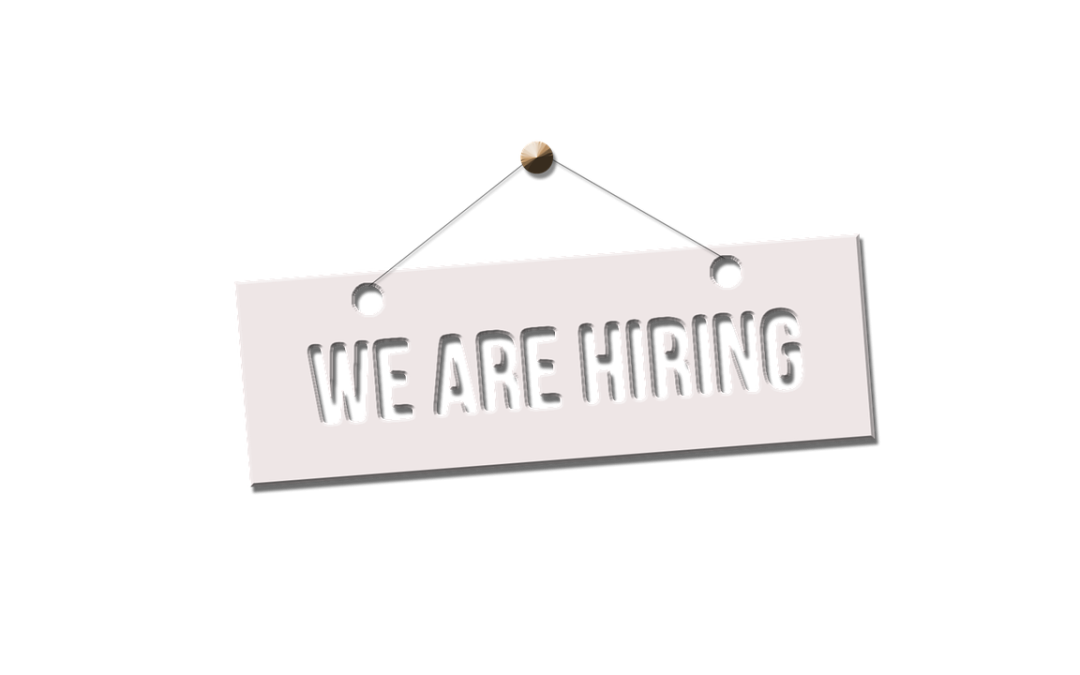By Zandile Nyathi, Head of Human Resources: SPM
HR is too often viewed as a support function—managing policies, compliance, and recruitment. However, the companies that consistently outperform their peers are those where HR shapes strategy, influences decision-making, and ensures that people and purpose move in tandem. Being a strategic partner is no longer optional; it is essential for sustainable growth.
The first step is understanding the business holistically: its goals, pressures, and evolving priorities. Strategic HR anticipates workforce needs before they become urgent. It identifies skills gaps, develops solutions to cultivate capabilities, and equips leaders to make informed talent decisions. This goes far beyond filling vacancies—it is about connecting human potential with measurable business outcomes.
Workforce planning is a clear example. Departments may appear fully staffed on paper, yet critical skills or leadership capabilities may be missing. When HR engages early, it can pinpoint where new expertise will be needed, plan succession for key roles, and ensure teams remain agile as priorities shift. By doing this, HR turns potential vulnerabilities into competitive advantages.
Performance management is another domain where strategic impact is evident. Evaluations treated as a formality rarely move the needle. When HR aligns objectives with business priorities, employees gain clarity on how their work contributes to overall success. Engagement improves, retention increases, and leaders have insight to guide promotions, learning investments, and resource allocation. HR shifts from being a scorekeeper to a performance architect.
Culture, often cited as a differentiator, is rarely managed deliberately. Strategic HR embeds desired behaviours into recruitment, onboarding, leadership development, and daily operations. When culture and strategy are in harmony, employees understand not only what is expected but why it matters. This alignment strengthens identity, fosters collaboration, and positions leaders to respond effectively to change.
People analytics offers another opportunity to add value. Data alone is insufficient; the insight is in interpretation and application. Predictive models can highlight turnover risks or emerging skills gaps, but HR transforms those insights into actionable interventions—whether through coaching, upskilling, or redesigning roles. The combination of analytical rigour and human judgment distinguishes a truly strategic HR function.
Becoming a strategic partner also requires influence and credibility. HR leaders must actively participate in executive conversations, framing discussions around impact and opportunity rather than process. This demands curiosity about the business, courage to challenge assumptions, and the ability to translate people decisions into clear, measurable outcomes.
The benefits of strategic HR are tangible. Organisations with forward-looking HR functions outperform peers in innovation, engagement, and resilience. They adapt more easily to disruption, retain top talent, and align their workforce with evolving objectives.
Ultimately, strategic HR is about managing the details while keeping the bigger picture in mind. It is about creating environments where people are empowered to perform, grow, and contribute to meaningful results. HR leaders who embrace this role are not simply administrators—they are architects of a company’s future.
In a world defined by rapid change, businesses that fail to integrate HR into strategic decision-making risk falling behind. The most successful enterprises are those where HR communicates in the language of business while keeping human potential at the centre. When this balance is achieved, people strategy becomes a driving force, not a side function.
